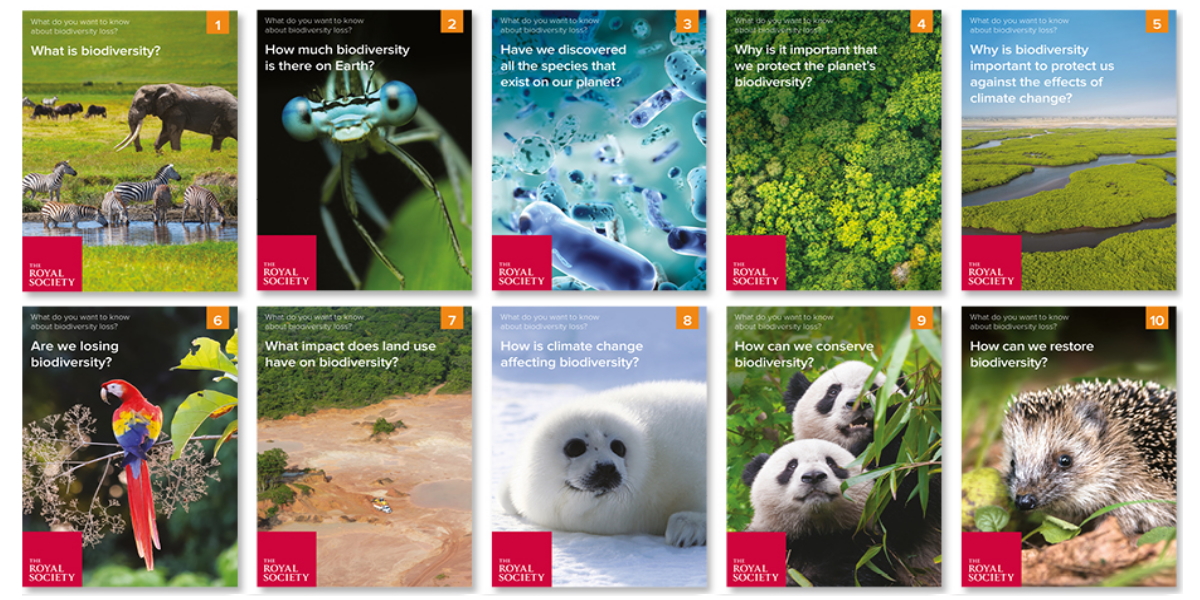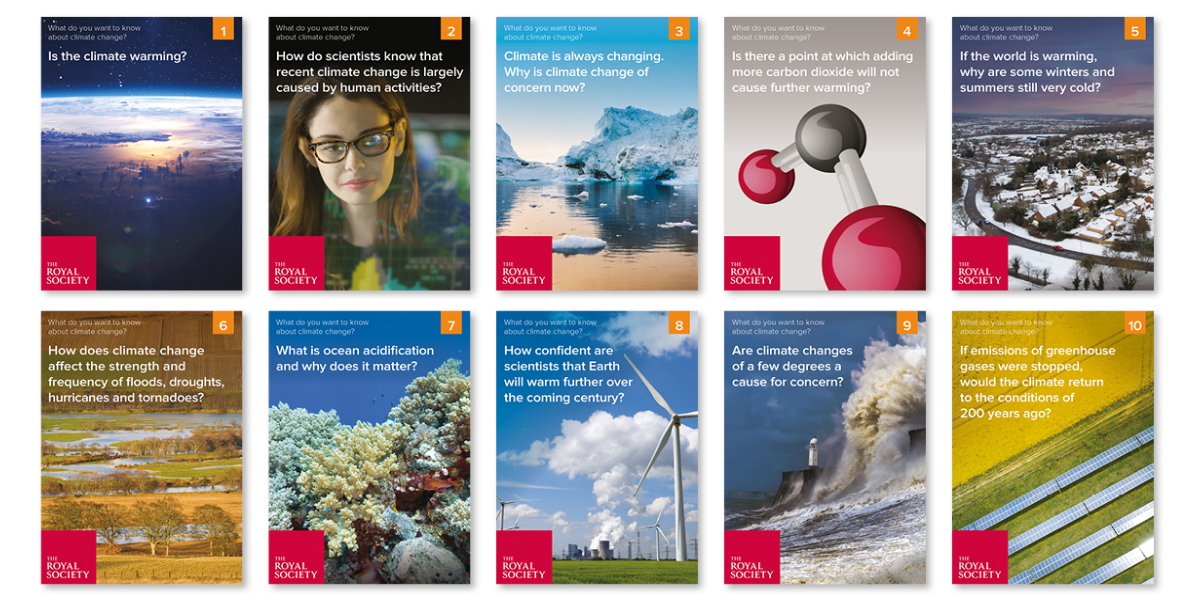Filters
Clear allSubject
- Climate Change (2) Apply Climate Change filter
- (-) Remove Cross curricular filter Cross curricular
- Design and technology (4) Apply Design and technology filter
- Engineering (1) Apply Engineering filter
- Food Preparation and Nutrition (1) Apply Food Preparation and Nutrition filter
- Mathematics (1) Apply Mathematics filter
Age range
Type
- Activity sheet (9) Apply Activity sheet filter
- Experiment (1) Apply Experiment filter
- Group work (1) Apply Group work filter
- Image (1) Apply Image filter
- Information sheet (7) Apply Information sheet filter
- Poster (4) Apply Poster filter
- (-) Remove Presentation filter Presentation
- Research (2) Apply Research filter
- Teacher guidance (15) Apply Teacher guidance filter
- Video (1) Apply Video filter
- Include Physical Resources (0) Apply Include Physical Resources filter
Showing 15 results
Produced by ARKive, this series of activities teaches students about endangered species through the creation of an interactive museum.
The ARKive School Museum presentation looks at examples of endangered species and explains the concept of an ARKive School Museum. Students then research an endangered...
In this lesson students simulate the training of Arctic explorers to learn how lifestyles can affect physical and mental health. The lesson is introduced by Ann Daniels, a record-breaking polar explorer as the first woman in history, along with expedition teammate Caroline Hamilton, to reach the North and South...
In this resource students learn about diet and the importance of a balanced diet through the experiences of polar explorers. Using creativity and scientific research skills, students will create a menu suitable for an Arctic expedition. The lesson is introduced by Fran Orio, a specialist polar cook, who can make...
In this lesson students investigate the insulating properties of materials and consider how the adaptations of Arctic organisms help develop these. The context of the lesson is helping to develop new clothing for Tyler Fish, one of the Catlin Arctic Survey explorers.
The entire package of the Frozen Oceans...
In this lesson students learn about the impacts of ice in the Arctic melting by watching a series of demonstrations. The context of the lesson is the work of Dr Helen Findlay who was investigating the effect of environmental change on the Arctic ecosystem.
The entire package of the Frozen Oceans primary...
This resource, aimed at primary level, contains many activities related to plants, habitats, food chains and recycling. It looks at the features of different habitats and compares the plants that grow in each. Children learn about the features of plants and how certain...
This cross curricular resource explores the difference that growing pumpkins can make to the lives of people living in flood affected regions in Bangladesh. It includes finding out about Bangladesh and its people and ways to address poverty, investigating the pumpkin lifecycle and seed germination, designing and...
Aimed at primary level, this resource looks at pollination, fertilisation, fruit formation and seed dispersal. It includes activities in which children observe the different types of fruits and their means of dispersal and develop an understanding of their importance in...
Stop the spread is a new STEM challenge for students aged 7 to 16. Highlighting the global issue of infectious disease students design, build and test a model of a hand washing device and produce educational materials for children in Kenya to encourage hand washing. It is accredited for the British Science...
This resource, aimed at primary level, helps to develop an understanding of pollination and how flowers attract insects. Linked to the topics of lifecycles, plants and living things and their habitats, it provides an opportunity to identify and name wild flowers, whilst investigating the frequency of different...
This teaching package, aimed at Key Stages Two and Three, investigates the science of tree rings (dendrochronology). Linked to the topics of plants and living things and their habitats, it looks at cut tree trunks to determine the age of the tree, how fast it grew and...
This activity looks at water consumption on a local and global scale. Students learn about the main water contaminants and various methods of purification and the role of engineers and their approach to design challenges. The resource aims to inspire an interest in water conservation and to introduce students to...

These evidence-based, question and answer style classroom resources can be used to engage students of all ages...

These evidence-based, question and answer style classroom resources can be used to engage students in the climate...
